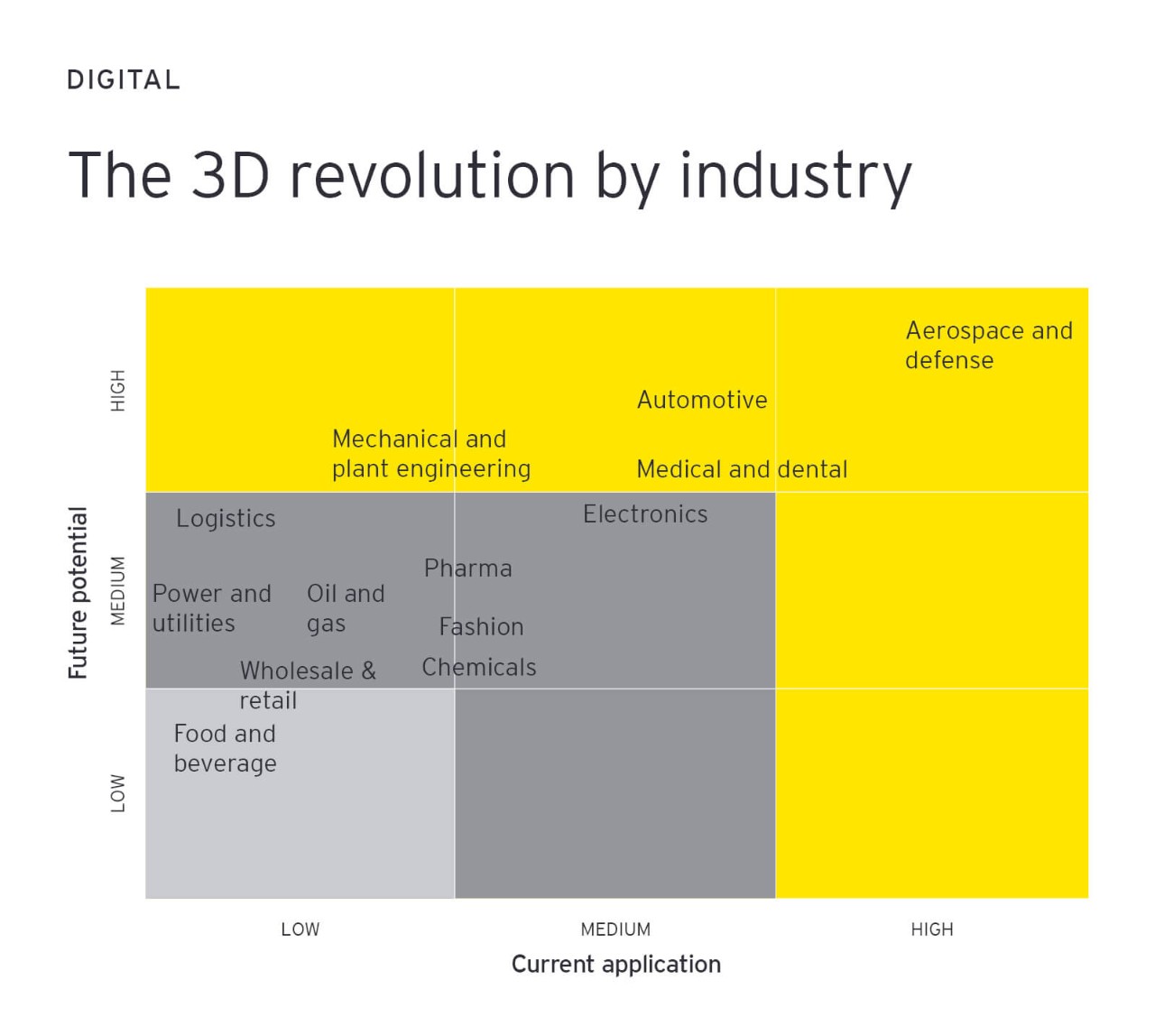
Advances in materials technology
Materials technology advances will be a key enabler in 2017. The range of materials that can be used in 3D printers is vast and expanding daily, literally daily – including plastics, porcelain, ceramics, stainless steel, carbon, graphene, titanium and other metals. 3D printing has spurred on the creation of a new generation of ceramics.
There are also new techniques, such as honeycombing, which creates hollow inner chambers that are connected in a similar way to a beehive. Honeycombing made metallic microlattice, the lightest metallic structure ever made, possible: it’s 99% air. It’s already in use in the automotive and aerospace industries. Imagine the applications for this in the future.
Materials technology advances will be a key enabler in 2017… we are only just beginning to understand the commercial possibilities.
The other trend that will boost 3D printing is the rise in personalization. One of my favorite stories this year is a British company that’s making prosthetic hands for children with superhero designs from Star Wars, Frozen and Iron Man. It’s a great combination of medical advances – sensors mean the hand has controllable fingers – and personalization that adds a much-needed element of fun.
There’s a hunger today for customized products – people want to both consume and interact. 3D printing offers this on a previously unimagined scale. Costs will continue to come down. I think we are only just beginning to understand the commercial possibilities.
Moving to a borderless world
In our current political environment, we’re seeing a rise in nationalism. We’re seeing a move away from globalization and trade. And while this is a sentiment that needs to be explored, technology is connecting the world more tightly. The digital age is global by nature.
There are many important questions that 3D printing raises: how and where do you tax the product, when people and companies are collaborating across national borders? If anyone can print anything anywhere, who is the creator of the object? Where is the intellectual property held? Is it where it was designed, where the component parts were added or where the product was ultimately printed? How will governments respond? What role should regulators play?
No doubt many industries will be impacted by this disruptive technology. There are many great opportunities and risks that can potentially trip up business leaders and policy makers alike. While it may not be possible to answer all the countless questions 3D printing will raise today, it is not too early to start thinking through how business and policy will shape them. It’s an exciting time.
Looking ahead
There is the potential for 3D printing to revolutionize the way we make almost anything. This year, I expect it will become faster and cheaper, with new materials that enhance commercial possibilities.
I think we’ll see exciting new applications next year in the automotive, aerospace and healthcare sectors. In healthcare, expect 3D printing to take center stage in 2018 on procedures like hip and jaw replacements, with the possibilities for 3D printed organs some years away.
This article was originally published on LinkedIn as part of the LinkedIn Top Voices list, a collection of the must-read writers of the year.
Resumen
3D printing is about more than products – it has potential to transform businesses, geographical challenges and entire supply chains.


